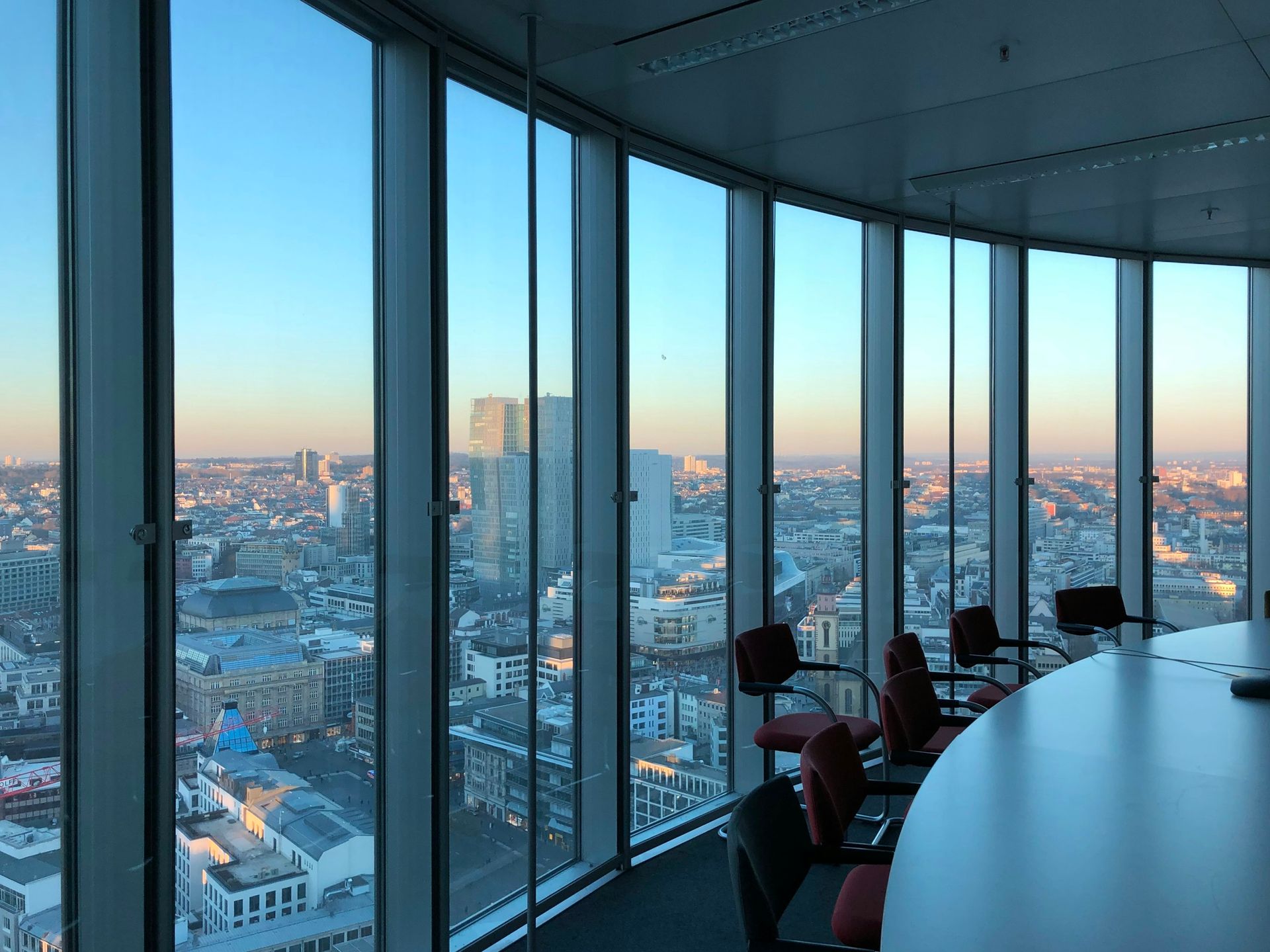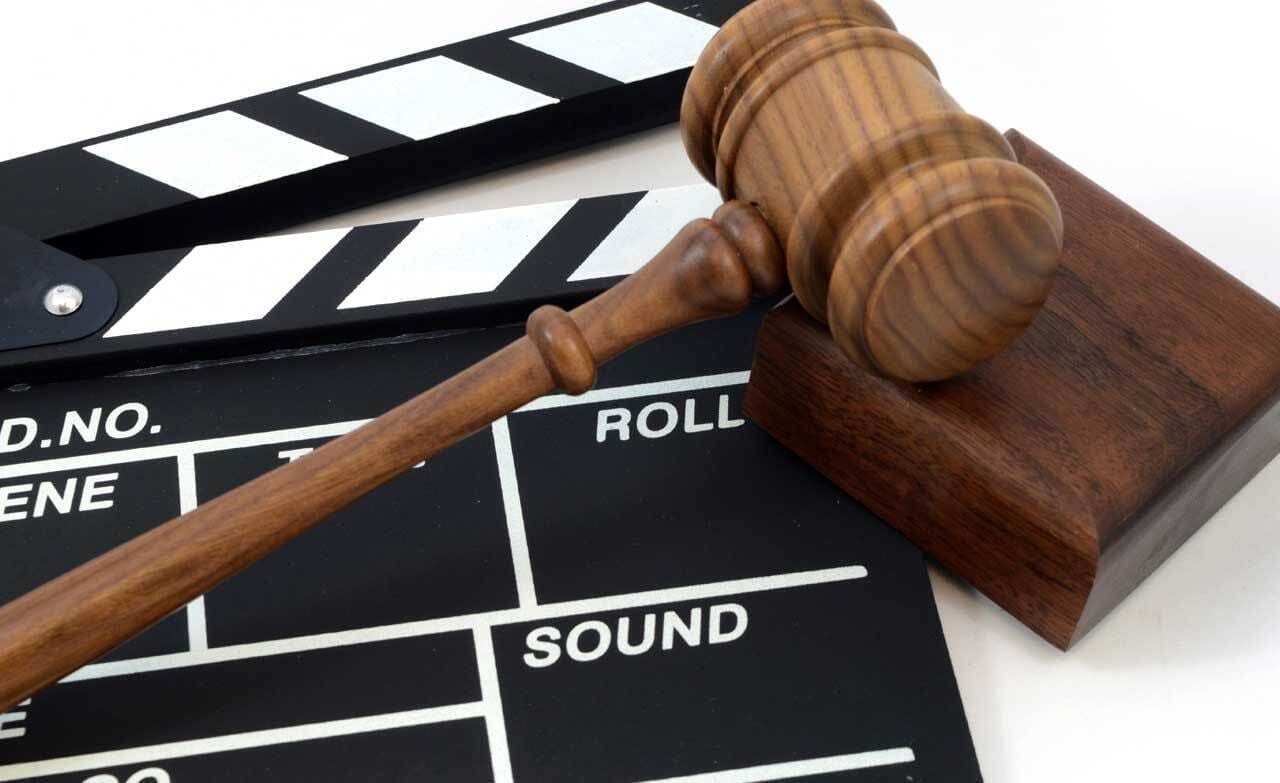July 22, 2025
INTRODUCTION: Filmmaking in Nigeria, often celebrated for its creative brilliance —the storytelling, cinematography, and emotional impact, is much more than the pre-production, production and post-production process. What many do not see is the intricate legal framework that this creative process rests on; while the spotlight often shines on the talent in front of the camera, the real backbone of any successful production lies in the legal groundwork behind the scenes. From script to screen, every successful film is underpinned by a web of legal arrangements that secure intellectual property, define contractual relationships, manage risk, and ensure regulatory compliance. This comments on the key legal touch-points that every filmmaker, producer, screenwriter, and investor should know and would navigate to ensure their creative visions are compliantly created and exploited. The Ideation: Securing the Right to Tell the Story. Every film begins with an idea, but ideas alone are not protected by law. Under Nigerian and international copyright law, ideas are not protected; only a tangible expression such as a written script, can be protected under copyright [1] . The establishment of ownership via the authorship of a comprehensive documentation represents the foundational legal procedure in the filmmaking industry. Where screenwriters or creators adapt existing works, whether novels, news articles or real-life events, they must go a step further to secure adaptation rights. This often involves the execution of a rights acquisition agreement, usually in the form of an option contract. This contract grants temporary rights to adapt a work, often subject to clearly defined timelines and payment terms. A widely publicized example of the above is the controversy surrounding Òlòtūré, a 2020 Netflix original produced by Ebonylife Studios. Shortly after its release, the film drew criticism when investigative journalist Tobore Ovuorie claimed it closely mirrored her 2014 undercover exposé on human trafficking in Nigeria, originally published by Premium Times Newspaper. While the producers claimed to have obtained rights from Premium Times, the publisher of her story, Ovuorie contended that no one had the authority to license her life experience without her permission. Her claims sparked a wider conversation and spotlighted not only copyright considerations, but also moral rights and the ethical obligations filmmakers have especially when telling personal stories. In the end, the Òlòtūré case is a strong reminder that legal compliance is only the floor and not the ceiling. In matters involving real people and sensitive narratives, meaningful engagement is often as important as formal rights acquisition. Confidentiality is another concern at this stage. In practice, many filmmakers use Non-Disclosure Agreements (NDAs) to protect concepts when collaborating with potential partners or investors [2] . NDAs while not infallible, remain a useful tool for safeguarding ideas during the ideation stage. Pre-Production: Building the Legal Foundation Once the creative direction is set, the focus shifts to establishing the film’s legal and operational structure. The corporate set-up and structuring is usually the first box to tick during the pre-production phase. Filmmakers and producers typically incorporate a special purpose vehicle (SPV), usually a limited liability company [3] . This is to ring-fence the project, provide personal liability protection, as well as clear management of tax, accounting and contractual obligations. Financing would typically follow corporate set up and this requires extensive legal overview and diligence. Amongst others, investor agreements remain relevant hereunder. They address the issues surrounding the investment and finance framework including but not limited to; return on investment, ownership rights, and profit-sharing. Although rarely, capital may be raised from the public; where this is the case, securities regulations will apply. Again, there is an attention to human resource as such talent and crew contracts remain relevant to the film making industry and architecture. There contracts must and should clearly outline obligations around responsibilities, compensation, credit entitlement, and dispute resolution mechanisms etc. This helps reduce ambiguity and mitigate the risk of post-production dispute. Another area of concern will be the permits and licensing right relating to locations and filming. Permission must be obtained for filming on private and public property. In many countries, including Nigeria, filming in a location without authorization can lead to lawsuits, equipment seizure, or production shutdown [4] . Production: The Legalities surrounding “Action!” “Cameras, Lights, Action!”. As cameras begin to roll, legal stakes begin to materialize in real time. A plethora of legal considerations ranging from consent to regulatory compliance come to life during this phase. Whilst preparing for on-screen appearance by actors, extras or general members of the public, consent must be gotten, and filmmakers are encouraged to obtain release forms from individuals appearing onscreen. This is especially important for documentary projects or public footage, where lack of consent can expose the production to privacy or defamation claims. Production must comply with applicable labour laws [5] , regarding working hours, wages, health and safety regulations. Where personnel are unionized, compliance with the terms of collective bargaining agreements is important as non-adherence may attract regulatory sanctions or litigation. Insurance is also a consideration that must be at the top of the list as it acts a shield in the face of liability. Two major forms of insurance; Errors & Omissions (E&O) insurance- which covers legal risks like defamation, copyright infringement, or invasion of privacy [6] and general liability insurance which covers accidents or injuries on-set. Lack of adequate insurance could jeopardize production as a single legal claim could bankrupt the entire project. Also, Brand logos, artwork, music, or even incidental background visuals must be cleared or licensed. Failure to do so can trigger infringement actions and post-production delays. Post-Production: Finalising Rights and Risks The editing room may feel far from legal issues, but this stage is where creative and legal threads converge. In the editing room, attention turns to licensing, credit, compliance, and final clearances. First, proper documentation around the use of music must be in place. Music requires two licenses- a synchronization license for the composition, and a master use licence for the specific recording. The use of unlicensed music, even for a few seconds, could lead to copyright infringement [7] . A failure in this area can be costly, as demonstrated in the case of Multichoice Nigeria Ltd. v. Musical Copyright Society of Nigeria Ltd./Gte [8] where a ₦5.9 billion judgment was awarded against Multichoice for unauthorised use of 18 musical works by the Federal High Court in Lagos. The Court of Appeal upheld the decision, affirming that unauthorised use—whether recorded or performed—constitutes actionable infringement. Comprehensive legal audit and risk assessment are important during the post-production phase. Films that incorporate third-party footage, interviews, or controversial subjects may also face defamation or privacy claims. A legal audit ensures that all rights have been secured and that no defamatory, unlicensed, or private material remains. Before a film can be distributed, streaming platforms and broadcasters require a full chain of title—a documented trail of ownership from idea to final production. If any ownership rights are unclear, this may present a block to distribution or broadcasting of the film. Distribution: Protecting Value and Enforcing Rights Distribution is the final legal frontier—and often the most consequential for revenue generation. Distribution agreements define who can distribute the film, in what territories, for how long, formats (e.g., cinema, streaming, DVD). The agreements also govern revenue sharing, exclusivity and language or subtitle terms. Streaming platforms like Netflix or Prime often require exclusivity periods and specific licensing agreements. Additionally, films must comply with censorship and classification laws. In Nigeria, for instance, the National Film and Video Censors Board (NFVCB) [9] must review and approve films before public release. Non-compliance can attract fines or bans. Finally, legal counsel is needed to manage royalty agreements. Where, cast, writers, or financiers are entitled to royalties or profit share, well-drafted backend agreements are essential to avoid future disputes and ensure fair compensation. CONCLUSION Filmmaking is art, but beneath the artistry lies an elaborate legal system without which no film can be safely made or commercially exploited. From the ideation through post-production and distribution, legal considerations shape every stage of the creation process. The law and legal counsel are not a postscript to the filmmaking process; it is the quiet but crucial backbone behind every frame and a necessary consideration for Nigerian filmmakers aiming to compliantly penetrate both local and international markets. [1 ] Copyright Act, 2022 [2] Non-Disclosure Agreement (NDAs) For Film And TV Executives In Nigeria [3] Section 21, Companies and Allied Matters Act 2020 [4] Section 17, National Film and Video Censor Board Act 1993 [5] Labour Act, 1971 [6] Olisa Agbakoba Legal, S.E.T Guide to Entertainment Law, (2022), 20 [7] Section 15 (1) of the Nigerian Copyright Act, CAP C28, LFN 2004 [8] (2020) 13 NWLR (Pt. 1742) 415. [9] Section 17, National Film and Video Censor Board Act 1993






